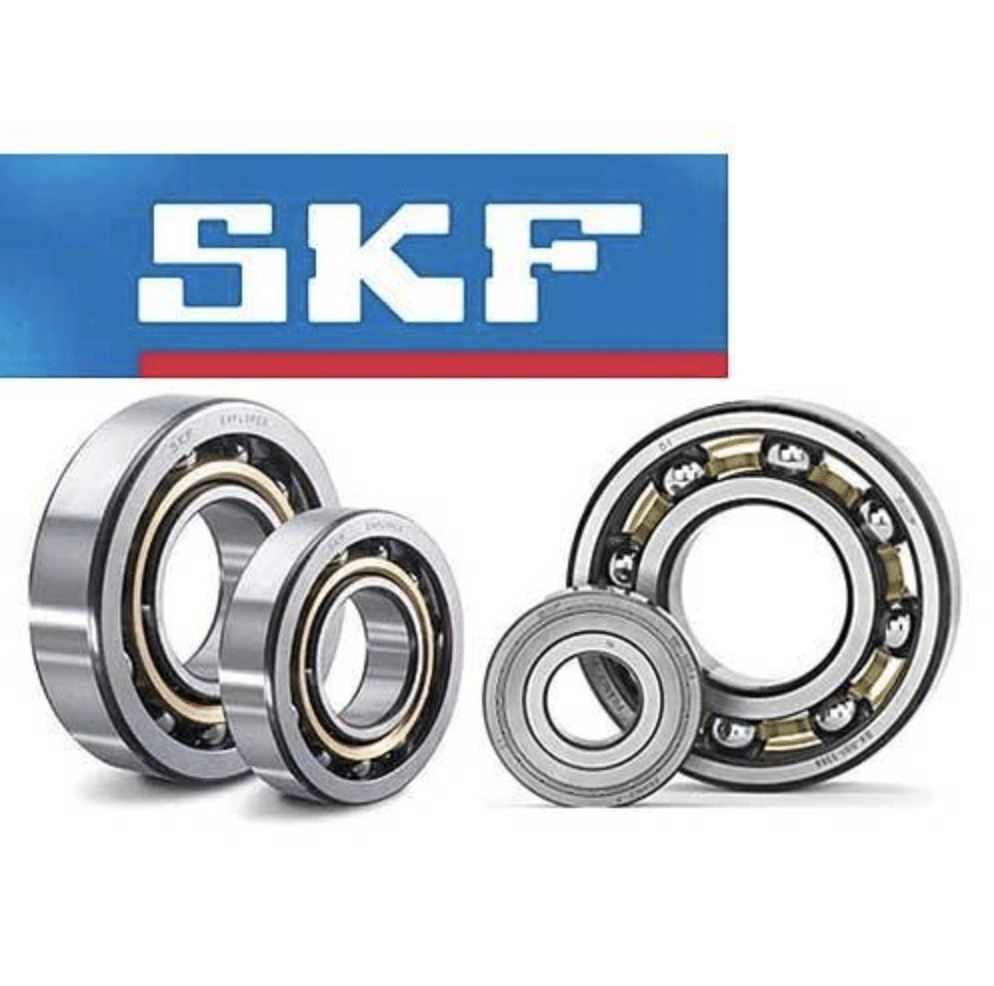Choosing the right bearing for your application is essential to ensure reliability, longevity, and optimal performance of industrial machinery. SKF bearings, known for their quality and innovation, offer a wide range of solutions suitable for multiple sectors, from automotive to industrial automation, including machine tools and production plants.
In this article, we will guide you step by step on how to select the most suitable SKF bearings for your needs, providing practical tips and SEO-friendly guidance to help you find the right product.
🔹 Why Choosing the Right Bearing Matters
The bearing is a key component that enables the rotational or linear movement of mechanical parts. Choosing an incorrect bearing can result in:
-
Premature wear
-
Higher energy consumption
-
Excessive vibrations and noise
-
Unexpected production downtime
Conversely, a properly selected SKF bearing ensures efficiency, reliability, and long life, reducing maintenance costs.
🔹 Types of SKF Bearings and Their Applications
SKF offers different types of bearings, each suited to specific operational needs:
1. Ball Bearings
-
Ideal for applications with moderate radial loads and high speeds
-
Used in electric motors, pumps, fans, and light transmission systems
-
Offer low friction and high precision
2. Roller Bearings
-
Perfect for high radial loads
-
Resistant to shocks and vibrations
-
Used in machine tools, conveyors, and heavy industrial machinery
3. Angular Contact Bearings
-
Suitable for combined radial and axial loads
-
Ideal for machine tools and applications requiring high precision
-
Allow high operating speeds
4. Tapered Roller Bearings
-
Perfect for high axial loads
-
Used in rolling mills, agricultural machinery, and heavy industries
-
Ensure long life and stability even under severe conditions
🔹 Factors to Consider When Choosing SKF Bearings
To select the right bearing, several technical factors must be considered:
1. Load Type
-
Radial, axial, or combined
-
Light or heavy loads
-
Frequency and direction of forces
2. Operating Speed
-
Ball bearings are ideal for high speeds
-
Roller bearings handle heavy loads better at moderate speeds
3. Required Precision
-
Machine tools and robotics require very tight tolerances
-
Standard applications can use bearings with general tolerances
4. Environmental Conditions
-
Dust, humidity, extreme temperatures
-
Need for sealed or permanently lubricated bearings
5. Lubrication
-
Grease or oil
-
Permanent or periodic lubrication
🔹 Practical Tips for Choosing the Right Bearing
-
Consult the SKF Catalog
-
Find codes and technical specifications
-
Compare different models based on load and speed
-
-
Check Certifications
-
ISO 9001, ISO/TS 16949, or other industry standards
-
Ensures product quality and reliability
-
-
Consider Future Maintenance
-
Permanently lubricated bearings require less intervention
-
Plan replacement or lubrication based on usage
-
-
Seek Technical Support
-
SKF provides guidance to select the most suitable bearing
-
Technical support helps optimize efficiency and bearing lifespan
-
🔹 Conclusion
Choosing the right SKF bearings for your application combines high performance, durability, and reliability. Carefully evaluating load type, speed, precision, and environmental conditions will help you select the ideal solution for your machinery.
Investing in the correct bearing not only reduces maintenance costs but also increases overall operational efficiency.

